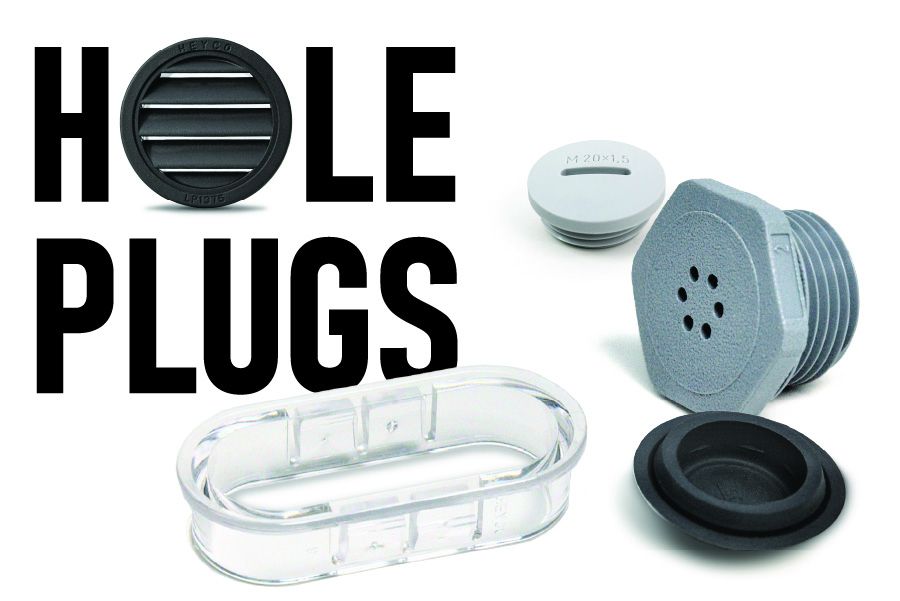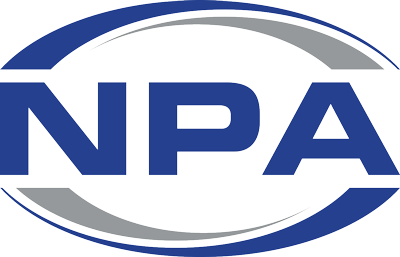
Not all hole plugs are made equal and the same applies to drain plugs. Therefore, when charged with the responsibility of purchasing them, particularly in bulk, it helps to have some background knowledge on the subject.
This guide aims to provide an in-depth understanding of hole plugs, including their types, uses, and applications.
It covers many of the commonly asked questions that are raised at the beginning of the buyer’s journey into the category of hole plugs and drain plugs.
What are hole plugs?
Hole plugs are small, cylindrical or dome-shaped devices used to cover or seal holes in various materials, including metals, plastics, wood, and rubber. These devices come in various sizes and shapes, making them suitable for a wide range of applications.
Hole plugs, also known as blanking plugs, are small devices that cover or seal holes. They are typically made of rubber, plastic, metal, or other materials, depending on their intended use.
They can be easily installed by hand, using a screwdriver or pliers, and many can provide a secure and reliable seal to prevent the ingress of moisture, dust, or other contaminants.
What are hole plugs used for? Hole plugs have a wide range of applications across different industries. Some of the most common uses of hole plugs include;
- Sealing unused or redundant holes in machinery, equipment, and electrical enclosures
- Protecting threads and fasteners from corrosion, rust, and damage
- Covering holes in furniture, flooring, and walls to provide a smooth and flush finish
- Preventing leaks in pipelines and tanks
- Closing off access points to prevent the entry of vermin or pests
What are the different types of hole plugs?
There are several different types of hole plugs available, including:
- Rubber hole plugs: These are made of rubber and are ideal for sealing holes in pipes, tanks, and electrical enclosures. They are resistant to water, oils, and chemicals, making them suitable for use in harsh environments.
- Plastic hole plugs: These are made of plastic and are used in a wide range of applications, including covering holes in furniture, flooring, and walls.
- Metal hole plugs: These are made of metal and are typically used in applications that require high strength and durability, such as in the automotive and aerospace industries.
- Snap-in hole plugs: These are designed to snap into place, making them quick and easy to install. They are typically made of plastic or rubber and are used in a wide range of applications.
- Threaded hole plugs: These are designed to screw into place, providing a secure and reliable seal. They are typically made of metal and are used in applications that require a high level of strength and durability.
What are locking hole plugs?
Locking hole plugs are designed to provide a more secure and tamper-resistant seal than standard hole plugs. They typically feature a locking mechanism that requires a special tool or key to open or remove the plug.
These plugs are commonly used in applications where tampering or unauthorized access is a concern.
When would you use a locking hole plug?
Locking hole plugs are commonly used in applications where tampering or unauthorized access is a concern, such as in public areas, high-security installations, or equipment that contains sensitive or hazardous materials.
They provide a more secure and tamper-resistant seal than standard hole plugs, and their locking mechanism helps prevent accidental or intentional removal.
What are the different types of locking hole plugs? There are several types of locking hole plugs available, including;
- Cam locking hole plugs: These feature a cam mechanism that secures the plug in place and requires a special tool or key to unlock it.
- Screw locking hole plugs: These have a threaded design that requires a special tool or key to remove the plug.
- Push locking hole plugs: These feature a spring-loaded mechanism that locks the plug in place when inserted into the hole and requires a special tool or key to remove it.
When would you use a window hole plug?
Window hole plugs are commonly used in applications where visibility is required, but the hole needs to be covered and sealed. They provide a clear view of the contents behind the window while keeping out dust, moisture, and other contaminants. They are commonly used in applications such as in industrial machinery, vehicles, or appliances.
What are the different types of window hole plugs?
There are several types of window hole plugs available, including;
- Snap-in window hole plugs: These are designed to snap into place and are typically made of plastic or rubber.
- Screw-in window hole plugs: These feature a threaded design that allows them to be screwed into place, providing a secure and reliable seal. They are typically made of metal.
What are drain plugs?
Drain plugs are similar to hole plugs in that they are designed to cover or seal holes. However, they are typically used to seal the drain holes found in tanks, radiators, and other equipment.
They are designed to allow for the easy draining of fluids or gases, while preventing leaks or spills.
What is the difference between a drain plug and a hole plug?
The main difference between a drain plug and a hole plug is their intended use. Drain plugs are designed to allow for the easy draining of fluids or gases, while hole plugs are used to cover or seal unused or redundant holes.
What are the different types of drain plugs?
There are several different types of drain plugs available, including:
- Magnetic drain plugs: These are designed to attract metal shavings and debris, making them ideal for use in engines and gearboxes.
- Tapered pipe plugs: These are designed to fit into pipes with a tapered thread, providing a secure and reliable seal.
- Wing nut drain plugs: These are designed to be hand-tightened, making them quick and easy to install and remove.
- Square head drain plugs: These are designed to be tightened using a wrench, providing a high level of torque and ensuring a secure and reliable seal.
What are pressure equalisation drain plugs?
Pressure equalisation drain plugs are designed to prevent the build-up of pressure inside enclosed spaces, such as tanks or enclosures. They allow air or other gases to escape from the enclosure while preventing the ingress of moisture, dust, or other contaminants.
When should you use a pressure equalisation drain plug?
Pressure equalisation drain plugs are commonly used in applications where there is a risk of pressure build-up inside an enclosed space, such as in electrical enclosures, machinery, or tanks.
They help prevent damage to the enclosure or its contents by ensuring that pressure is equalized inside and outside the enclosure.
Purchasing hole plugs and drain plugs
When purchasing these type of plugs, it is important to consider several factors to ensure that the plug will perform effectively and meet the requirements of the application.
Some factors to consider include;
- Size and shape: The plug must fit snugly into the hole and match the shape of the hole to provide an effective seal.
- Material: The material of the plug should be chosen based on the requirements of the application, such as chemical resistance, temperature resistance, or durability.
- Operating conditions: The plug should be able to withstand the operating conditions of the application, including temperature, pressure, and environmental factors.
- Ease of installation and removal: The plug should be easy to install and remove, either manually or with the use of tools, to allow for regular maintenance or inspections.
- Security requirements: In some applications, a locking hole plug may be necessary to prevent tampering or unauthorized access.
- Regulations and standards: Certain industries may have specific regulations or standards that must be met when selecting a hole plug or drain plug.
- Cost: The cost of the plug should be considered in relation to its performance and suitability for the application. A cheaper plug may not be the most cost-effective solution if it fails prematurely or requires frequent replacement.
By considering these factors, you can select the appropriate hole plug or drain plug that will provide effective sealing and optimal performance in your specific application.
If you have any further questions regarding hole plugs and drain, please don’t hesitate to call our experts at NPA on (08) 8268 2733 or click here to view our range available for sale online.

